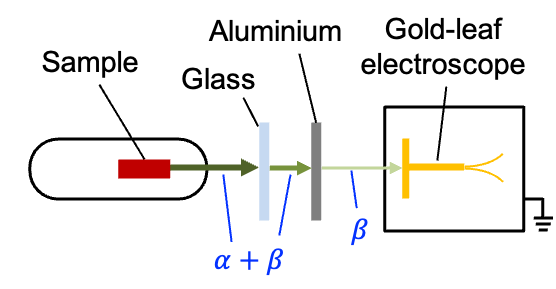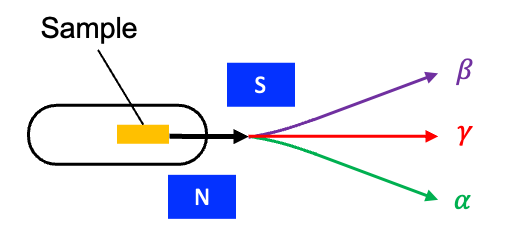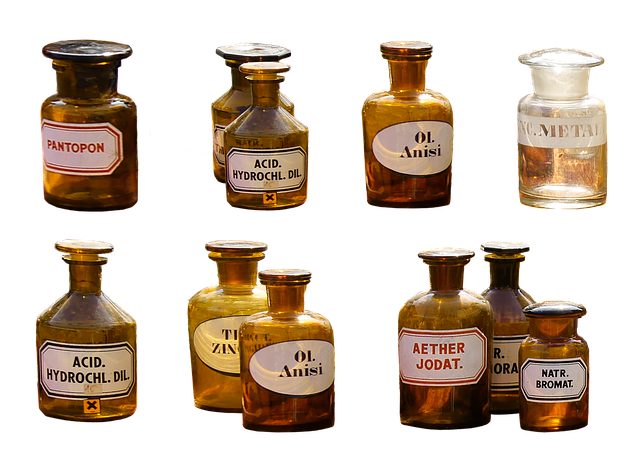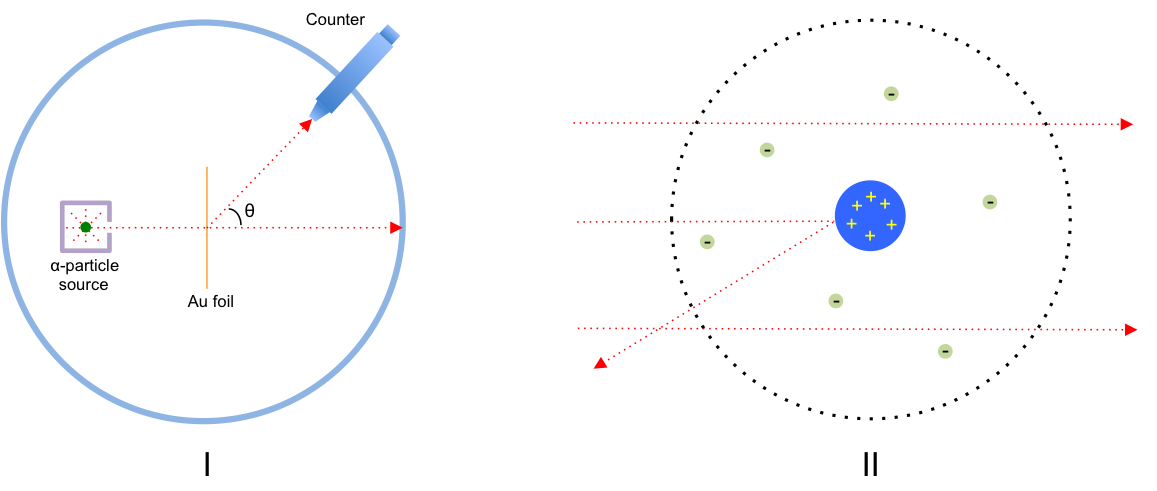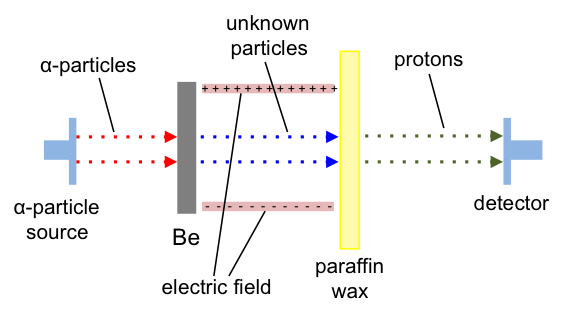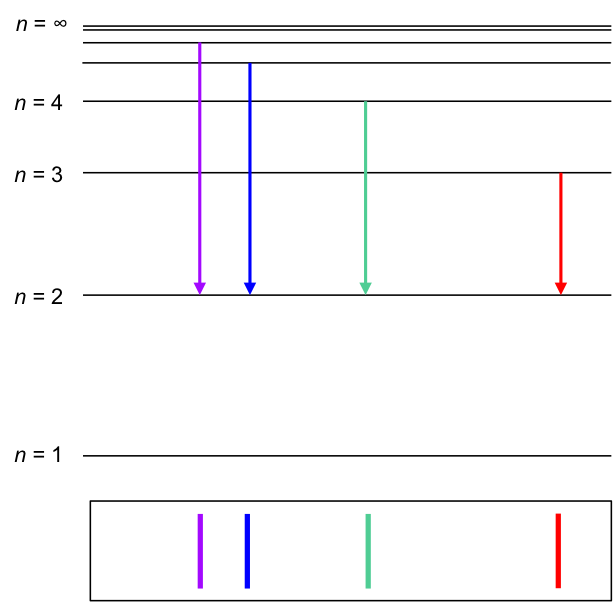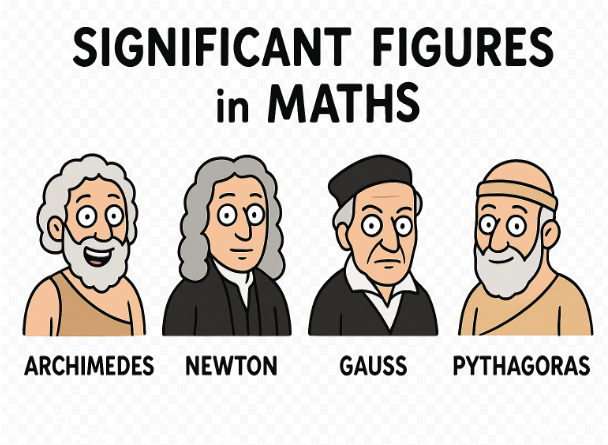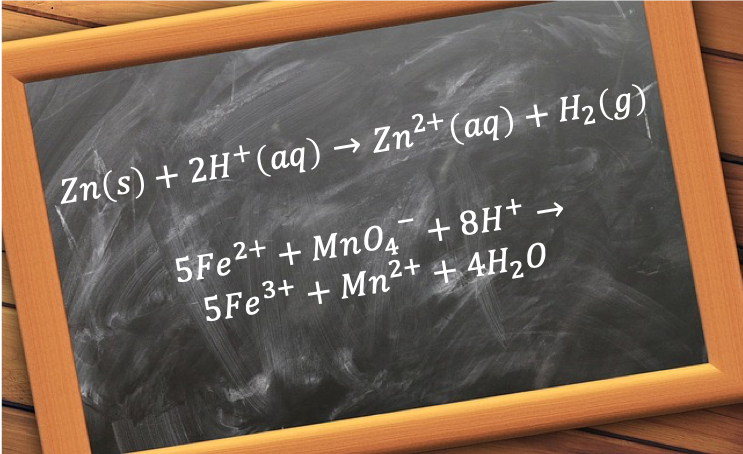A nuclear reaction is a process in which the nuclei of atoms change by transforming, combining or splitting, resulting in new elements or isotopes and the release or absorption of energy.
At the centre of every atom is the nucleus, composed of protons and neutrons. Unlike ordinary chemical reactions, which rearrange atoms, nuclear reactions can transform one element into another. These reactions are represented using nuclear symbols (see diagram below), which show only the nuclei involved by indicating their atomic and mass numbers, while omitting their electron counts and overall charge.

In nuclear reactions, the number of protons and neutrons is conserved. As a result, the total mass number (number of protons and neutrons) and atomic number (number of protons) stay the same on both sides of the reaction equation. This conversation occurs because protons and neutrons are not created or destroyed in ordinary nuclear processes; they are simply rearranged among the nuclei or carried away by emitted particles. Furthermore, the number of positively charged protons remains balanced due to the conservation of electric charge. However, the actual mass of the products is often slightly less than the mass of the reactants, and this small difference, called the mass defect, is released as energy according to Einstein’s equation .
One common type of nuclear reaction is transmutation, where one element is changed into another. For example, when nitrogen-14 is bombarded by a helium-4 nucleus (an -particle), it produces oxygen-17 and hydrogen:
Another major class of nuclear reactions is fission, where a heavy nucleus splits into two or more lighter nuclei. For instance, uranium-235 can absorb a neutron and undergo fission to form barium-141, krypton-92, and additional neutrons:
The neutrons released can trigger further fission reactions in nearby nuclei, creating a chain reaction. This process releases a tremendous amount of energy, mostly as kinetic energy of the fragments and electromagnetic radiation, which can be harnessed in nuclear reactors to generate electricity or, if uncontrolled, produce a nuclear explosion.
In nuclear fusion, two light nuclei combine to form a heavier nucleus, while releasing energy. A classic example is the fusion of deuterium and tritium to form helium-4 and a neutron:
The total mass of the products is slightly less than that of the reactants, and the resulting mass defect is converted into energy. Fusion reactions release enormous amounts of energy, which is why they power stars, including our Sun.
Another type of nuclear reaction is radioactive decay, which occurs when unstable nuclei spontaneously release energy in the form of particles or radiation. For example, uranium-238 undergoes a series of decays, starting with alpha emission to form thorium-234, which then undergoes beta decay (a beta particle is an electron) to produce protactinium-234, and continues through a chain until a stable lead-206 nucleus is formed:
Scientists use radioactive decay to date fossils, rocks, and artifacts, providing insights into Earth’s history.

Question
If nuclear symbols represent only the nuclei involved, how is the electron generated in:
Answer
The emission of an electron occurs when a neutron in thorium converts into a proton:
Finally, in capture reactions, a nucleus absorbs a neutron, proton or electron to form a new nucleus of equal or higher mass number. During neutron and proton capture, a gamma photon is often emitted. Examples include:
In summary, nuclear reactions describe some of the most powerful processes in nature. By understanding fission, fusion, transmutation, decay and capture reactions, scientists can harness nuclear energy, study the history of our planet, and even explore the inner workings of stars.
